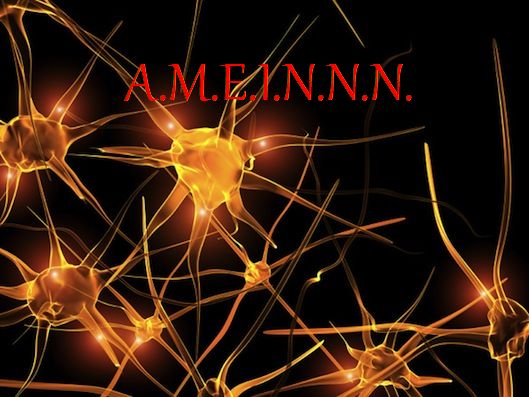
EL BLOG DEL AMEINNN Y DE LAS NEUROCIENCIAS (MEXICO) El blog tiene como finalidad facilitar la comunicación y compartir las cosas que nos son comunes a los egresados del Instituto Nacional de Neurología y Neurocirugía Manuel Velasco Suárez, tambien tiene como finalidad incluir los comentarios y contribuciones de la comunidad neurocientifica de Mexico
Buscar este blog
martes, 7 de diciembre de 2010
Mitochondria and neuroplasticity
Aiwu Cheng*1, Yan Hou* and Mark P Mattson*,1
*Laboratory of Neurosciences, National Institute of
Aging Intramural
Research Program, Baltimore, MD 21224, U.S.A.
Department of Neuroscience, Johns Hopkins University
School of Medicine, Baltimore, MD 21205, U.S.A.
Cite this article as: Cheng A, Hou Y and Mattson MP
(2010)
Mitochondria and neuroplasticity. ASN NEURO
2(5):art:e00045.doi:10.1042/
AN20100019
El artículo orginal aqui: LINK
ABSTRACT
The production of neurons from neural progenitor cells, the
growth of axons and dendrites and the formation and
reorganization of synapses are examples of neuroplasticity.
These processes are regulated by cell-autonomous and
intercellular (paracrine and endocrine) programs that
mediate responses of neural cells to environmental input.
Mitochondria are highly mobile and move within and
between subcellular compartments involved in neuroplasticity
(synaptic terminals, dendrites, cell body and the
axon). By generating energy (ATP and NAD+), and
regulating subcellular Ca2+ and redox homoeostasis,
mitochondria may play important roles in controlling
fundamental processes in neuroplasticity, including neural
differentiation, neurite outgrowth, neurotransmitter
release and dendritic remodelling. Particularly intriguing
is emerging data suggesting that mitochondria emit
molecular signals (e.g. reactive oxygen species, proteins
and lipid mediators) that can act locally or travel to distant
targets including the nucleus. Disturbances in mitochondrial
functions and signalling may play roles in impaired
neuroplasticity and neuronal degeneration in Alzheimer’s
disease, Parkinson’s disease, psychiatric disorders and
stroke.
Key words: neural progenitor cell, mitochondria biogenesis,
mitochondria fission and fusion.
Suscribirse a:
Enviar comentarios (Atom)

No hay comentarios:
Publicar un comentario